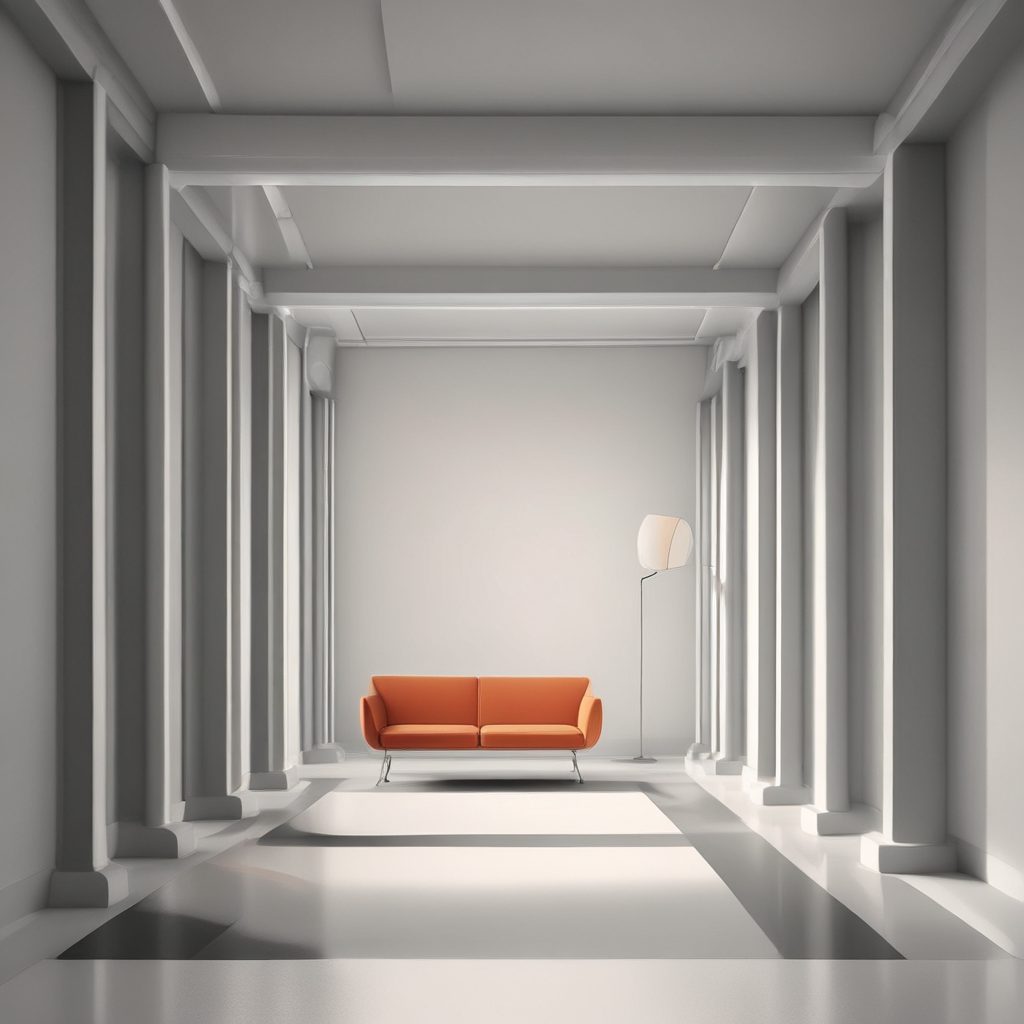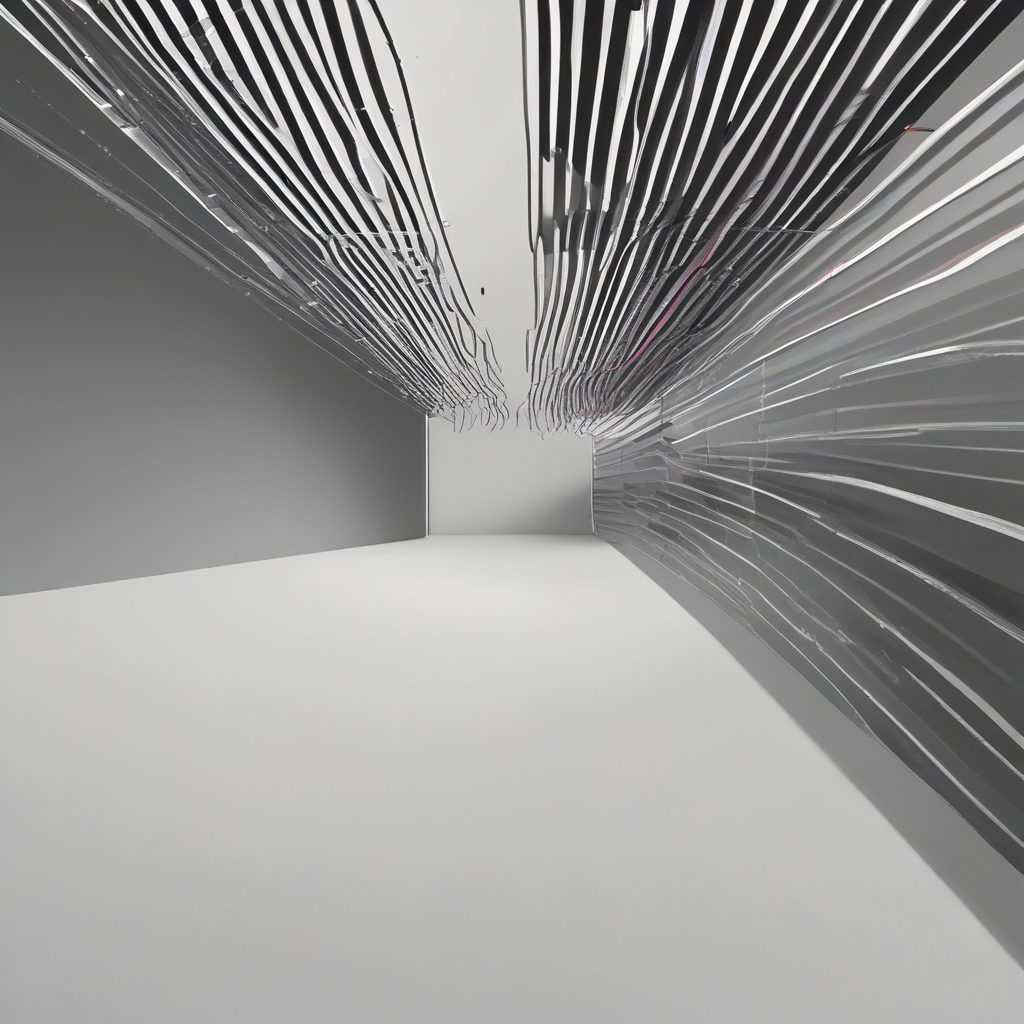
The Impact of Kitchen Backsplash Designs on Your Space
Introduction to Kitchen Backsplash Designs
In the realm of kitchen design, the backsplash often serves as a focal point that can dramatically influence the overall aesthetic and functionality of the space. Traditionally, backsplashes were primarily installed to protect walls from splashes and spills. However, in recent years, they have evolved into a key design element that can transform the look and feel of a kitchen. According to a 2022 survey by the National Kitchen and Bath Association, 87% of kitchen remodels include a new backsplash, highlighting its growing importance in kitchen design.
Backsplash designs come in a myriad of styles, materials, and colors, offering endless possibilities for personalization. From classic subway tiles to intricate mosaics, the choice of backsplash can reflect the homeowner’s personality and complement the kitchen’s overall theme. As interior designer Sarah Richardson notes, “A well-chosen backsplash can tie together all the elements of a kitchen, creating a cohesive and inviting space.”
Enhancing Aesthetic Appeal
The aesthetic impact of a kitchen backsplash cannot be overstated. It serves as a canvas for creativity, allowing homeowners to express their style and set the tone for the entire kitchen. A bold, colorful backsplash can add a pop of personality to an otherwise neutral kitchen, while a sleek, minimalist design can enhance a modern aesthetic. For instance, a 2021 study by Houzz found that 56% of homeowners chose a backsplash design that contrasted with their countertops to create visual interest.
Moreover, the choice of materials can significantly affect the kitchen’s ambiance. Natural stone backsplashes, such as marble or granite, exude luxury and elegance, while glass tiles can add a contemporary, reflective quality that brightens the space. As designer Nate Berkus suggests, “The right backsplash can be the jewelry of the kitchen, adding sparkle and sophistication.”
Functional Benefits of Backsplashes
Beyond aesthetics, kitchen backsplashes offer practical benefits that enhance the functionality of the space. They protect walls from moisture, grease, and food splatters, making cleaning and maintenance easier. Materials like ceramic and porcelain tiles are particularly popular for their durability and ease of cleaning, making them ideal for busy kitchens. According to a report by the Tile Council of North America, ceramic tiles are used in 70% of kitchen backsplashes due to their resilience and low maintenance requirements.
Additionally, backsplashes can improve the kitchen’s hygiene by preventing mold and mildew growth on walls. This is especially important in areas prone to high humidity and frequent cooking. By choosing materials that are resistant to water and stains, homeowners can ensure their kitchen remains both beautiful and functional for years to come.
Creating a Sense of Space
Strategically designed backsplashes can also influence the perception of space in a kitchen. In smaller kitchens, using light-colored or reflective materials can create an illusion of a larger, more open area. Glass tiles, for example, can reflect light and make the kitchen appear brighter and more spacious. A 2020 study by the American Lighting Association found that kitchens with reflective surfaces, including backsplashes, were perceived as 20% larger than those without.
Conversely, in larger kitchens, a dark or textured backsplash can add depth and warmth, making the space feel more intimate and cozy. By playing with colors, patterns, and textures, homeowners can manipulate the visual dimensions of their kitchen to suit their preferences and needs.
Trends and Innovations in Backsplash Design
The world of backsplash design is constantly evolving, with new trends and innovations emerging each year. One of the most notable trends is the use of geometric patterns and bold colors, which add a modern and artistic flair to kitchens. According to a 2023 report by Elle Decor, geometric tiles have seen a 30% increase in popularity, as homeowners seek to make a statement with their backsplash design.
Another innovation is the integration of technology into backsplash materials. Smart tiles with LED lighting or digital displays are becoming more common, offering both aesthetic appeal and functionality. These advancements allow homeowners to customize their kitchen environment with dynamic lighting and interactive features, creating a truly personalized space.
Conclusion: The Transformative Power of Backsplashes
In conclusion, kitchen backsplashes are a powerful design element that can significantly impact the look, feel, and functionality of a kitchen. By carefully selecting materials, colors, and patterns, homeowners can create a space that reflects their style and meets their practical needs. As the kitchen continues to be the heart of the home, investing in a thoughtfully designed backsplash can enhance both the aesthetic and functional value of this essential space.
Whether you’re planning a complete kitchen remodel or simply looking to refresh your space, consider the transformative power of a well-chosen backsplash. As interior designer Kelly Wearstler aptly puts it, “A backsplash is an opportunity to infuse your kitchen with personality and style, making it a true reflection of who you are.”




 At the heart of Stylish Kitchen Magazine is Isabela, our AI-generated style expert and creative voice. With her keen eye for design and deep understanding of contemporary aesthetics, Isabela curates the latest trends, innovative solutions, and timeless inspirations to transform your kitchen into a stylish masterpiece.
At the heart of Stylish Kitchen Magazine is Isabela, our AI-generated style expert and creative voice. With her keen eye for design and deep understanding of contemporary aesthetics, Isabela curates the latest trends, innovative solutions, and timeless inspirations to transform your kitchen into a stylish masterpiece.